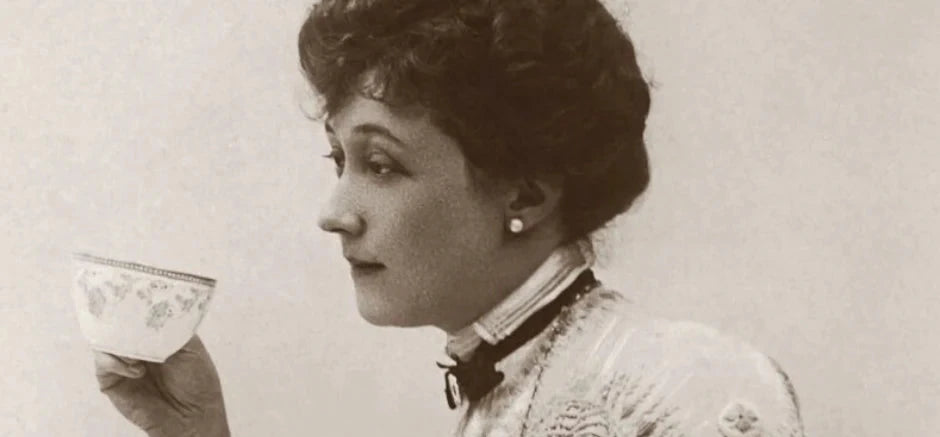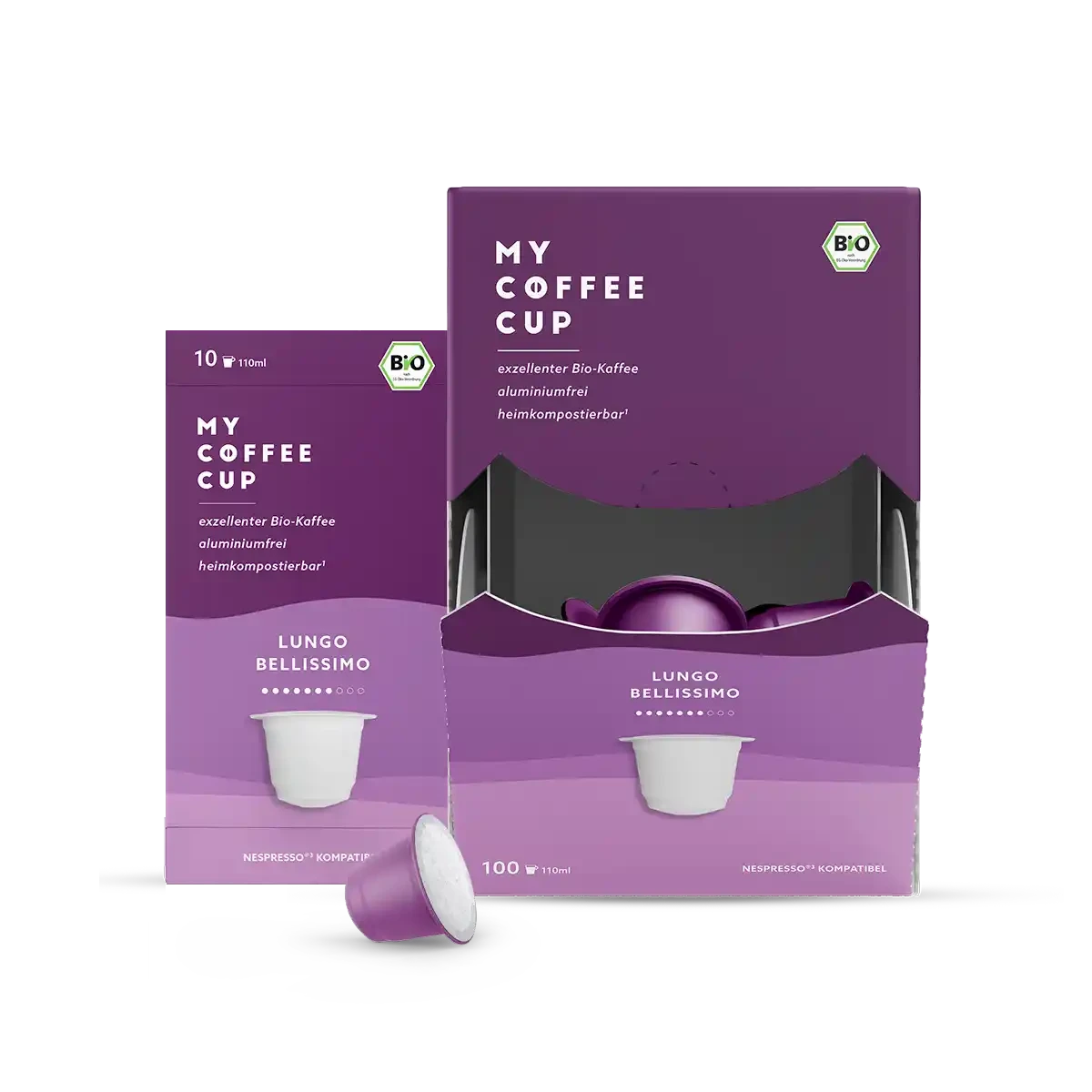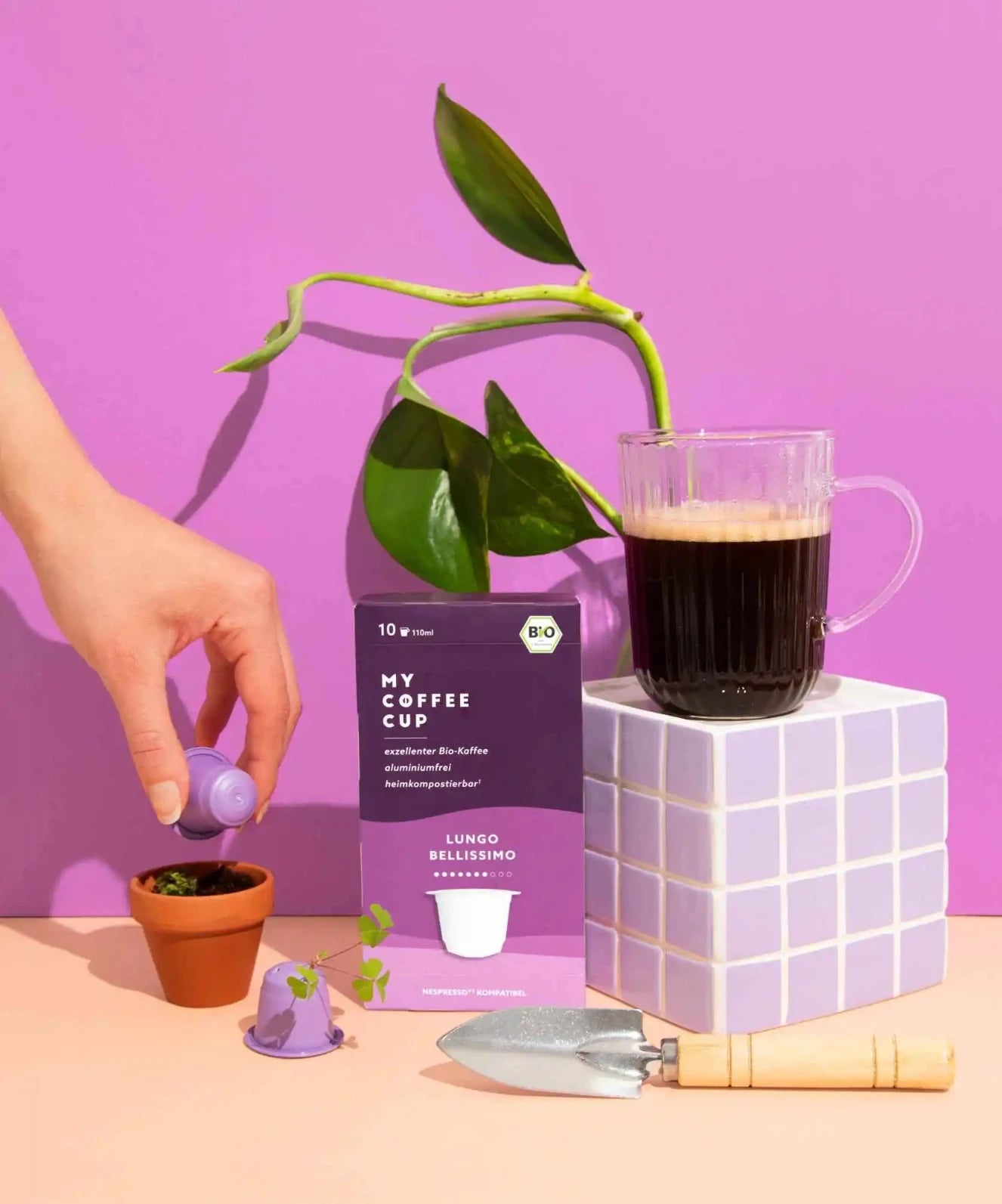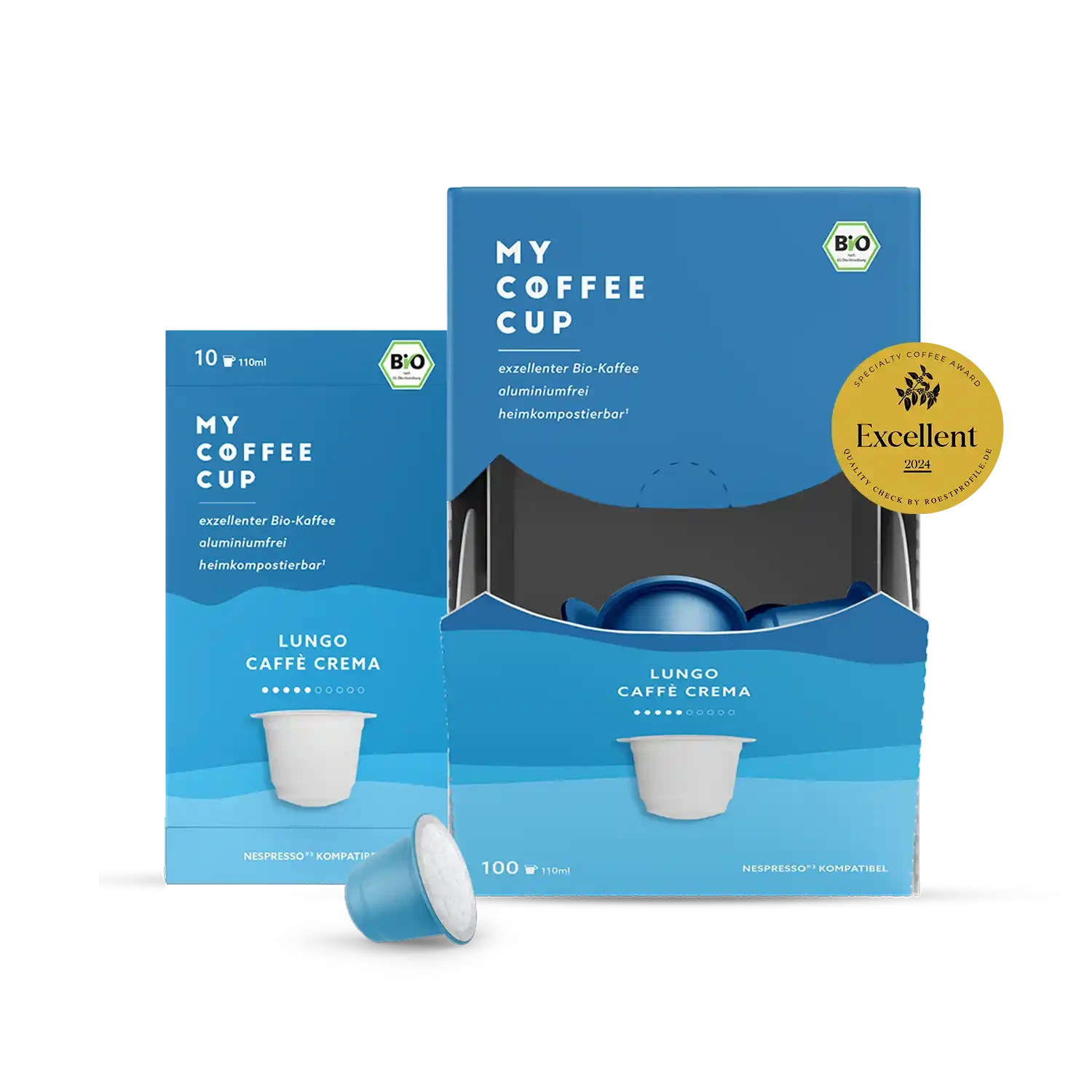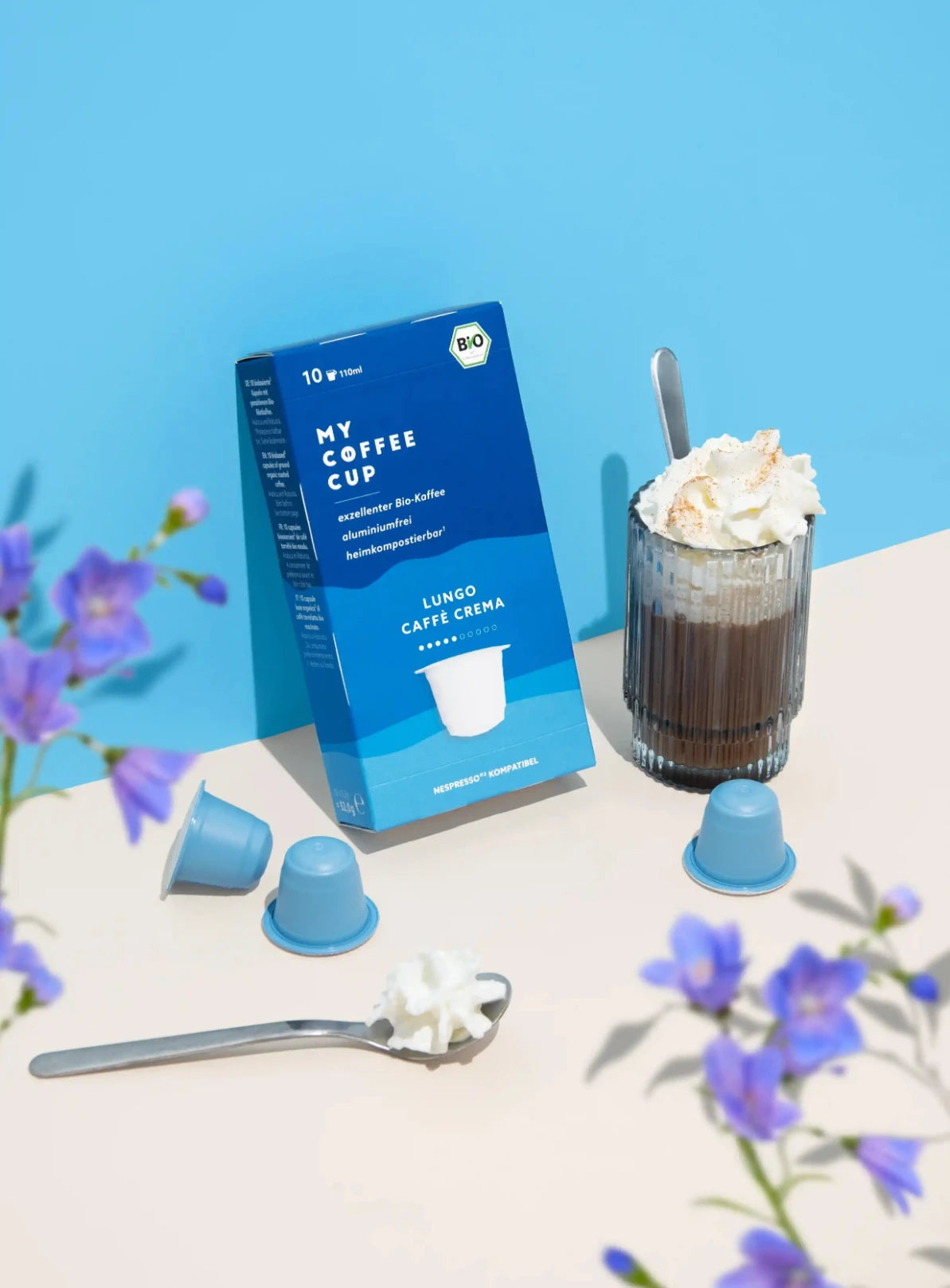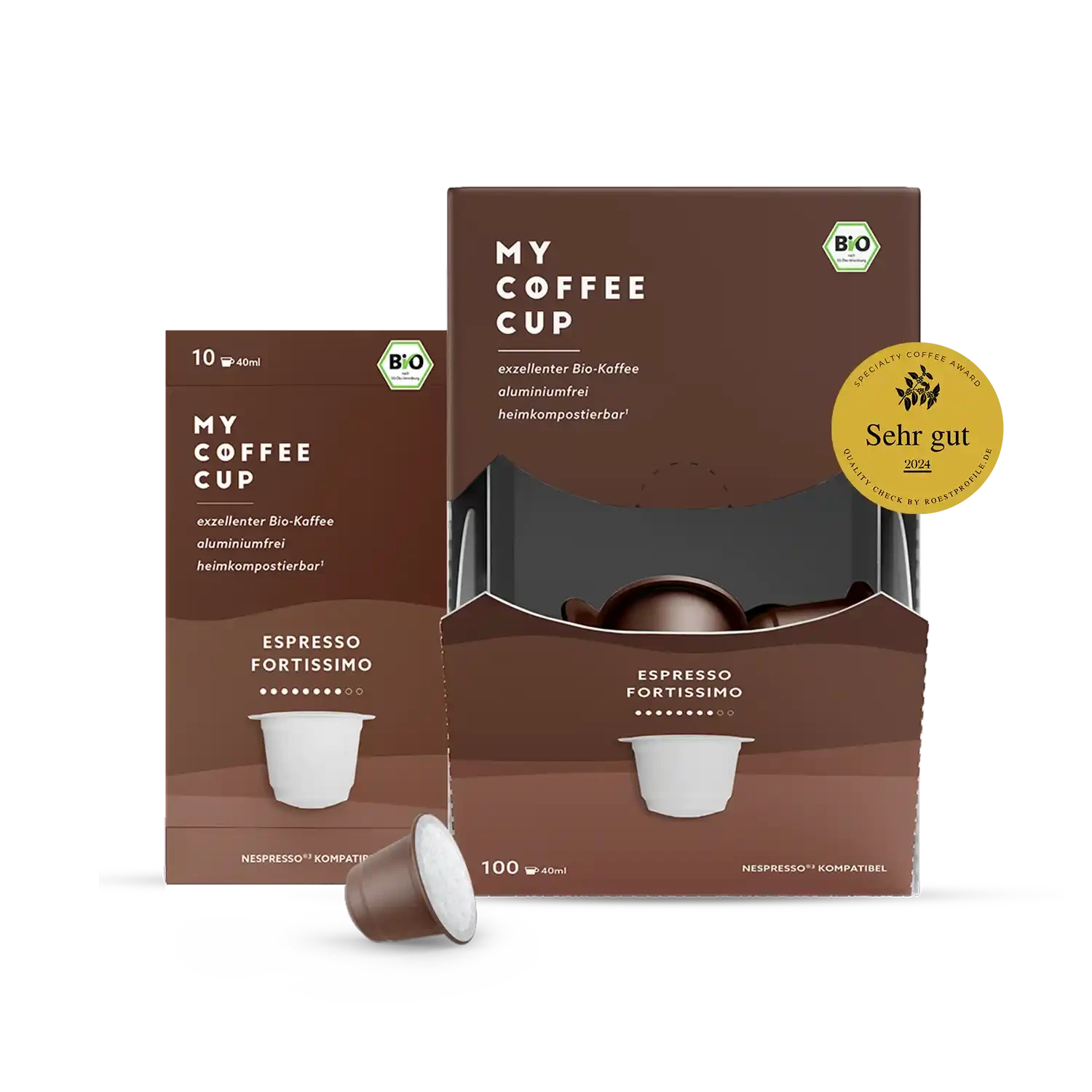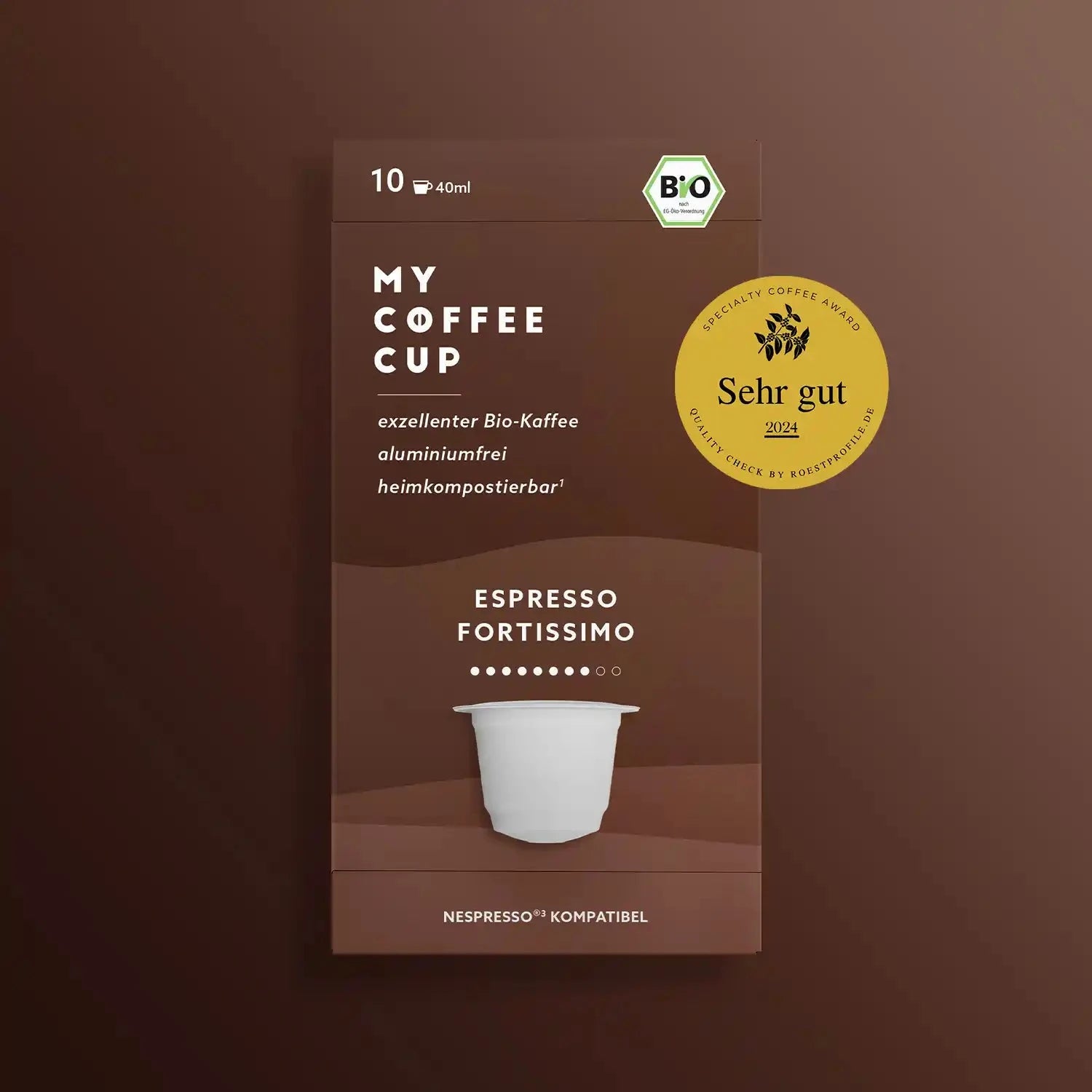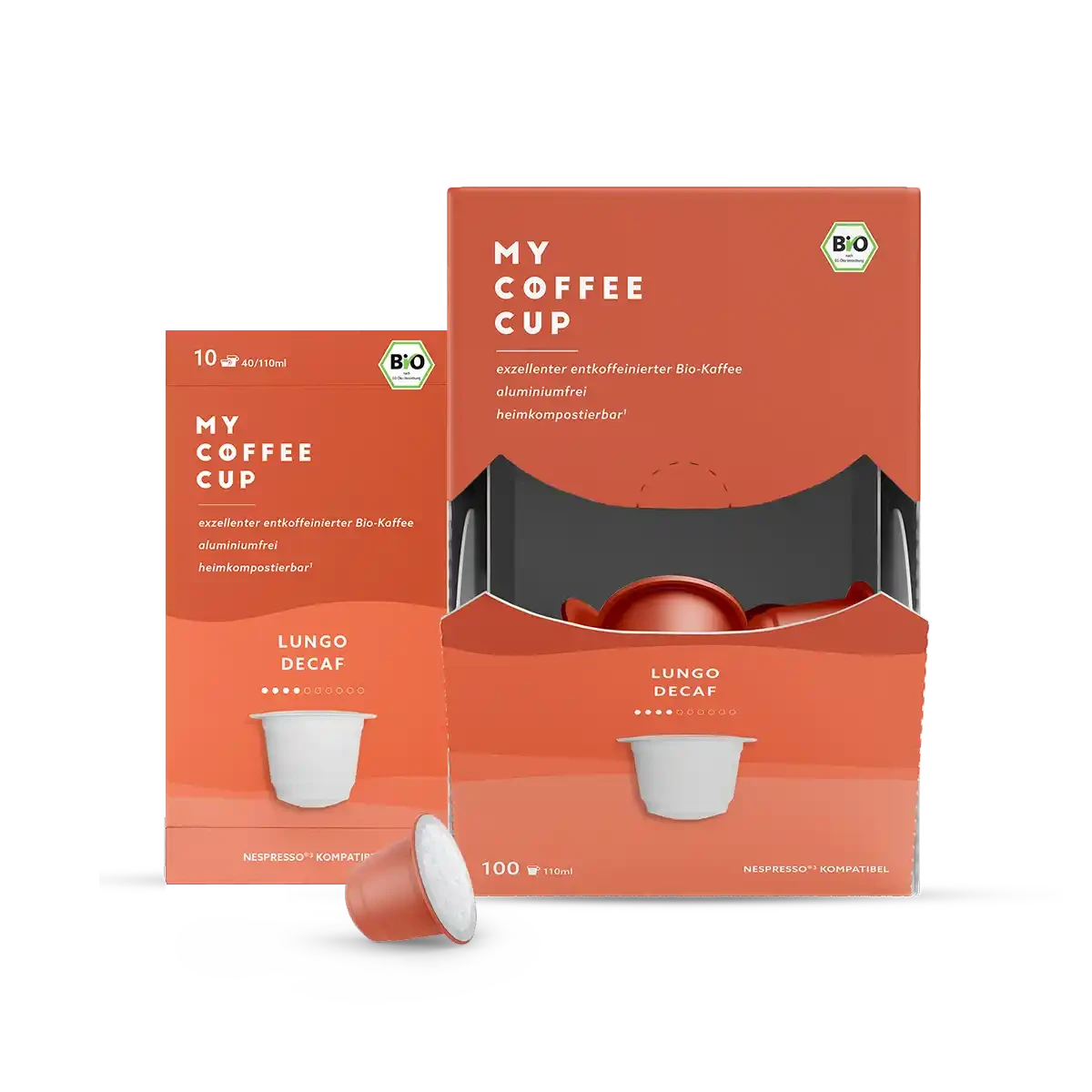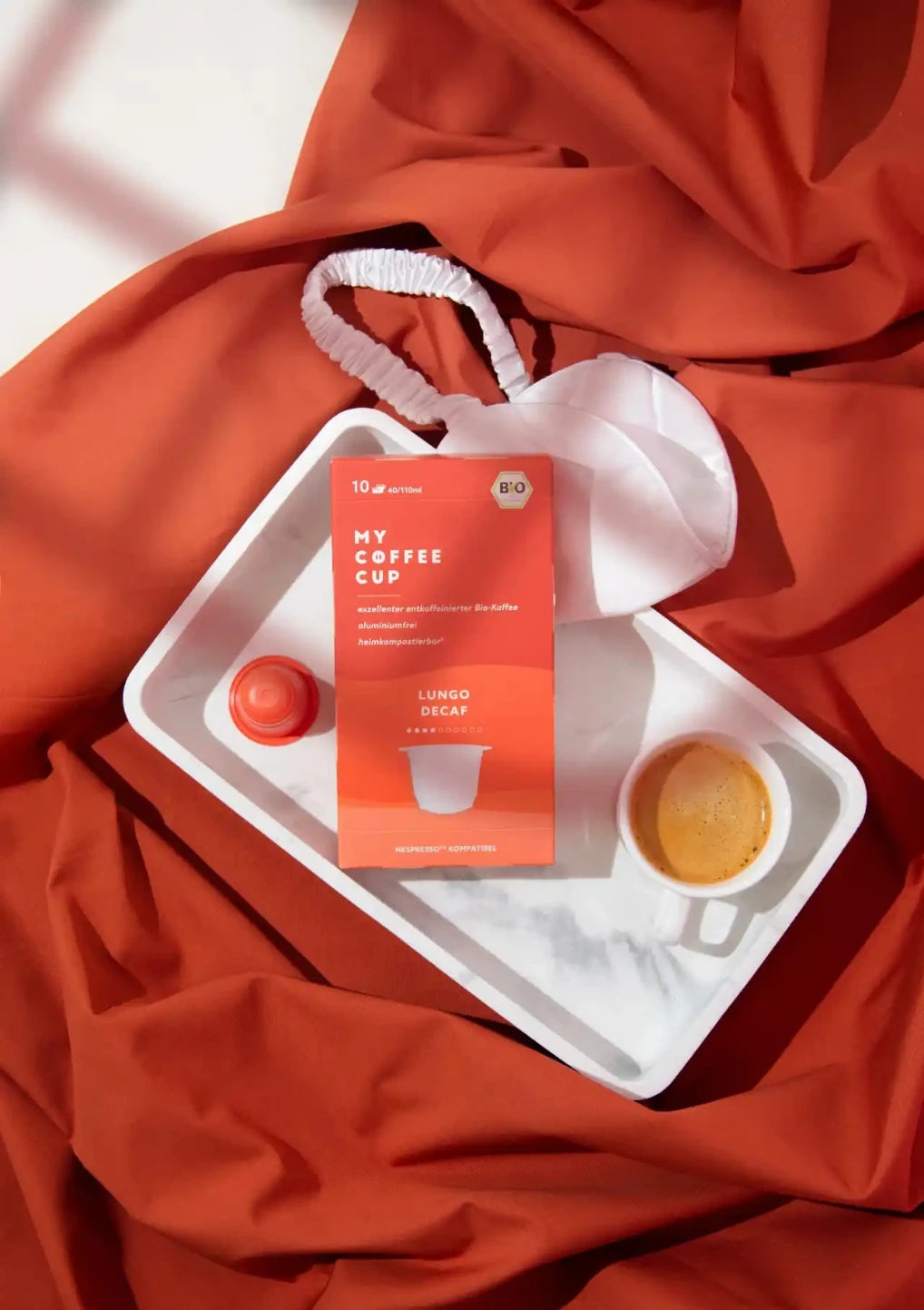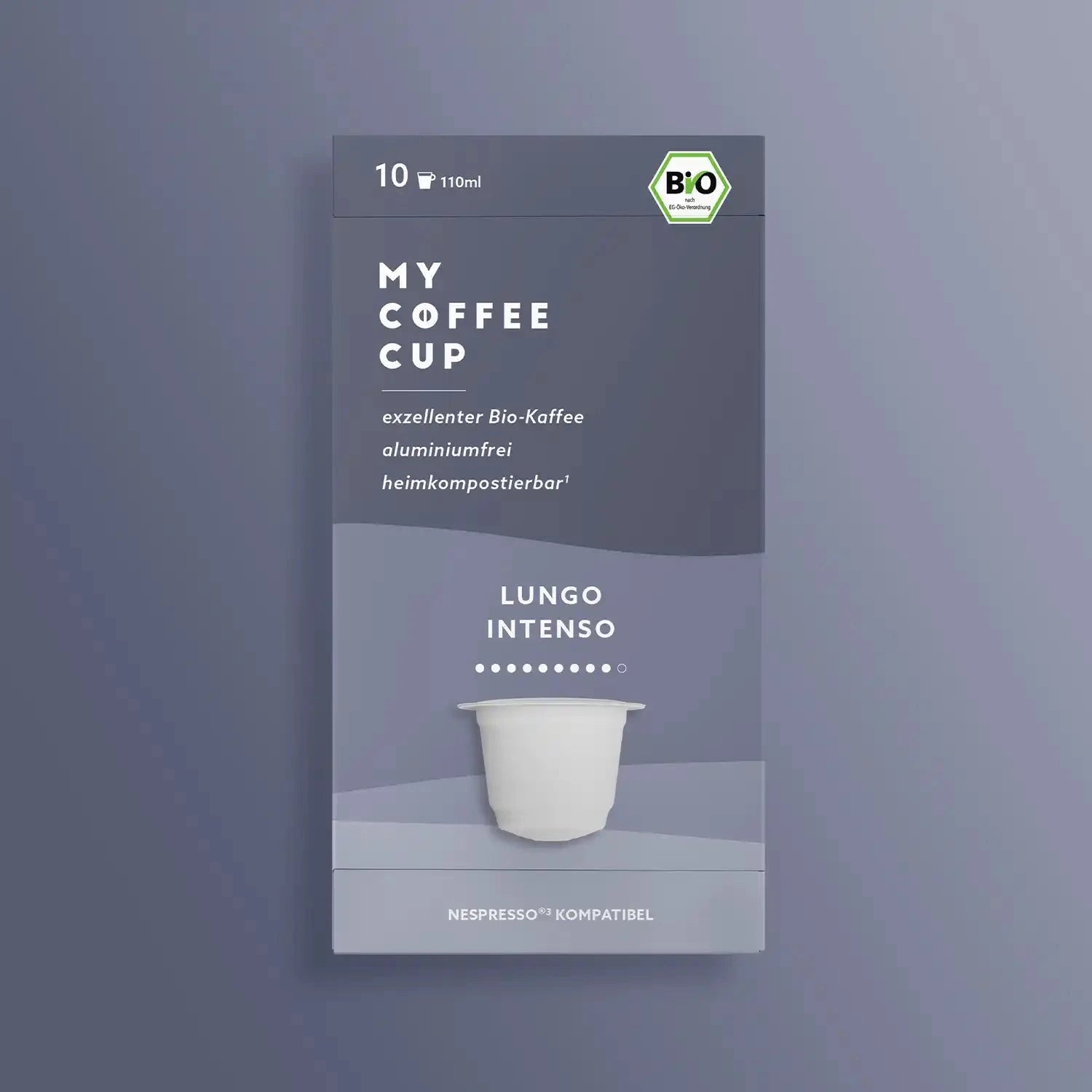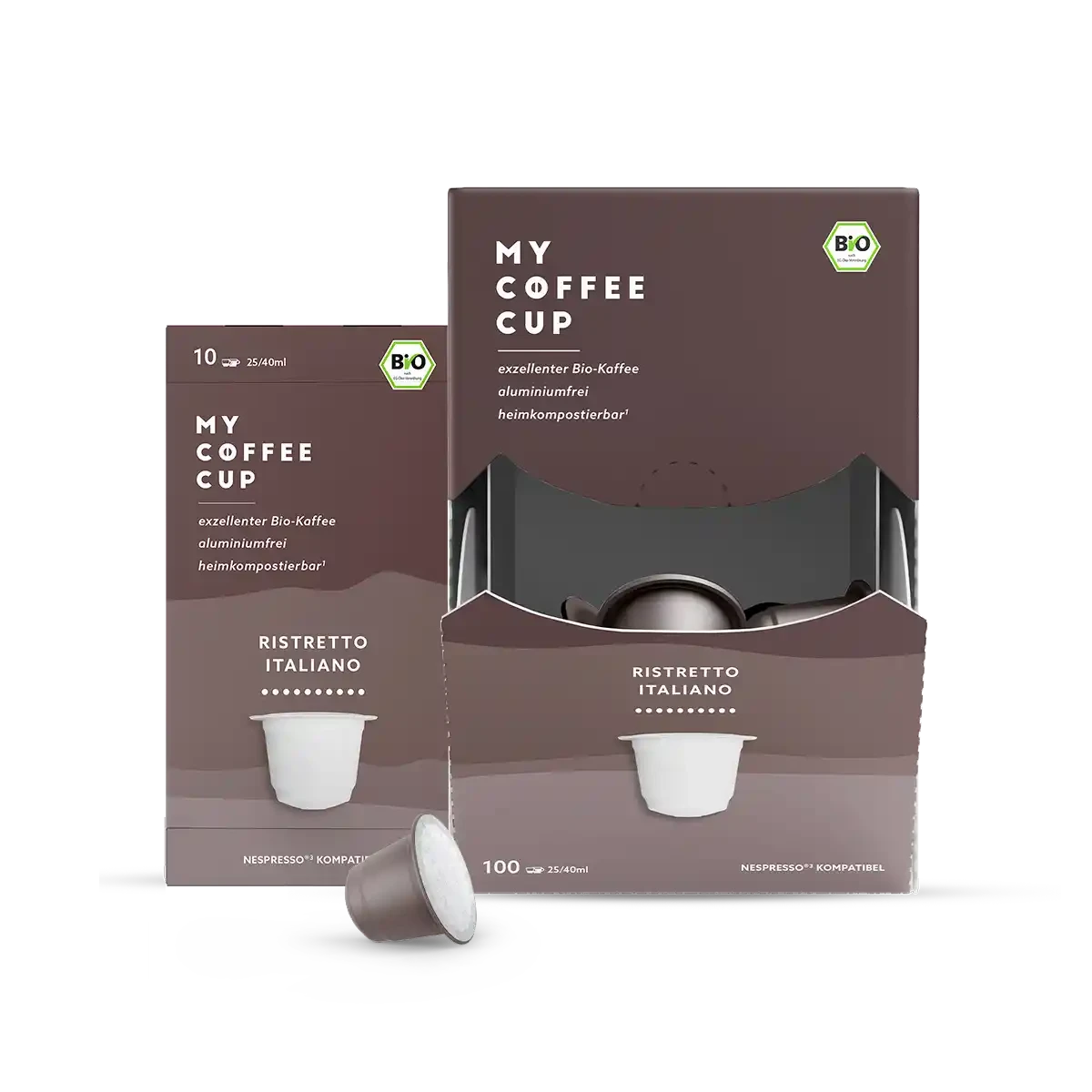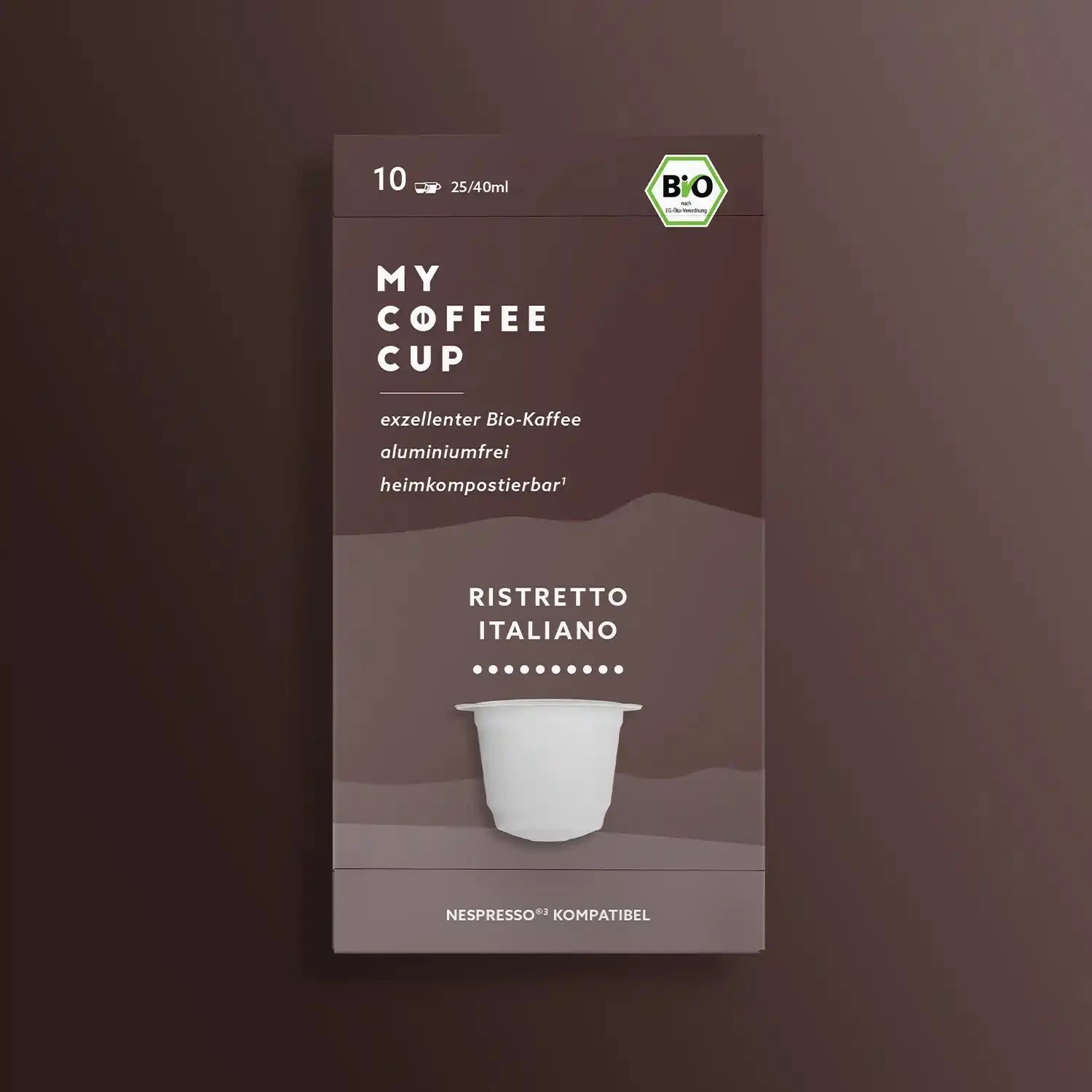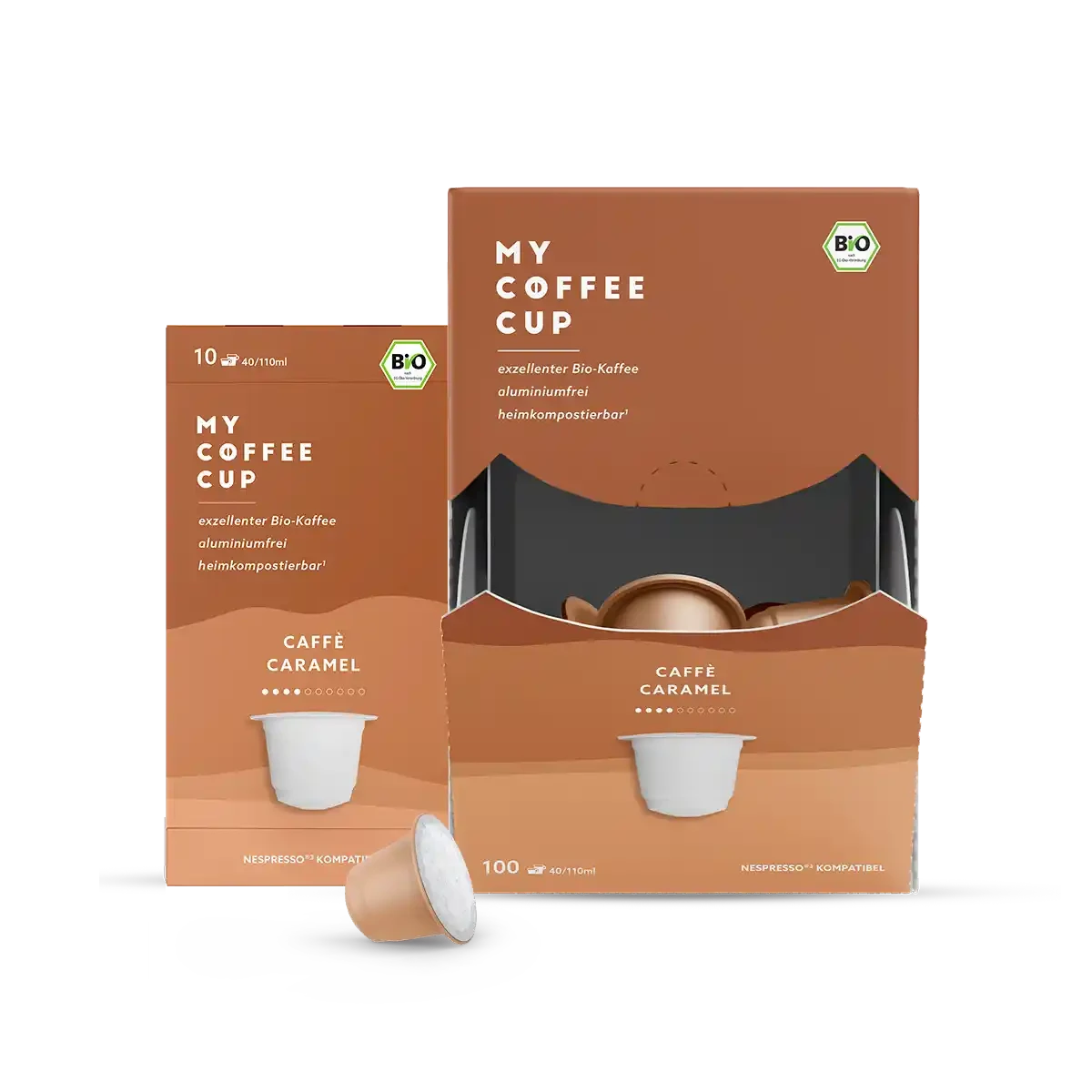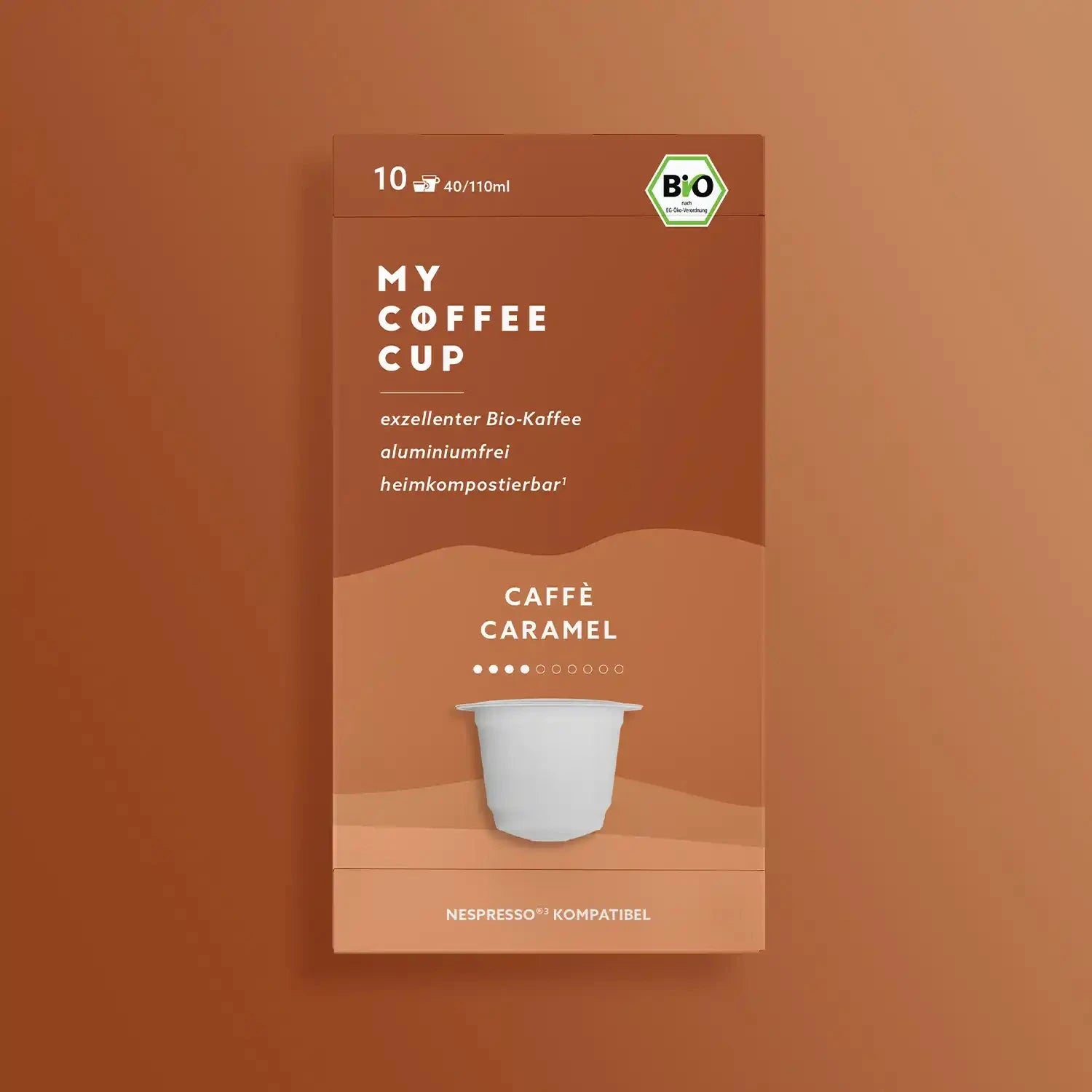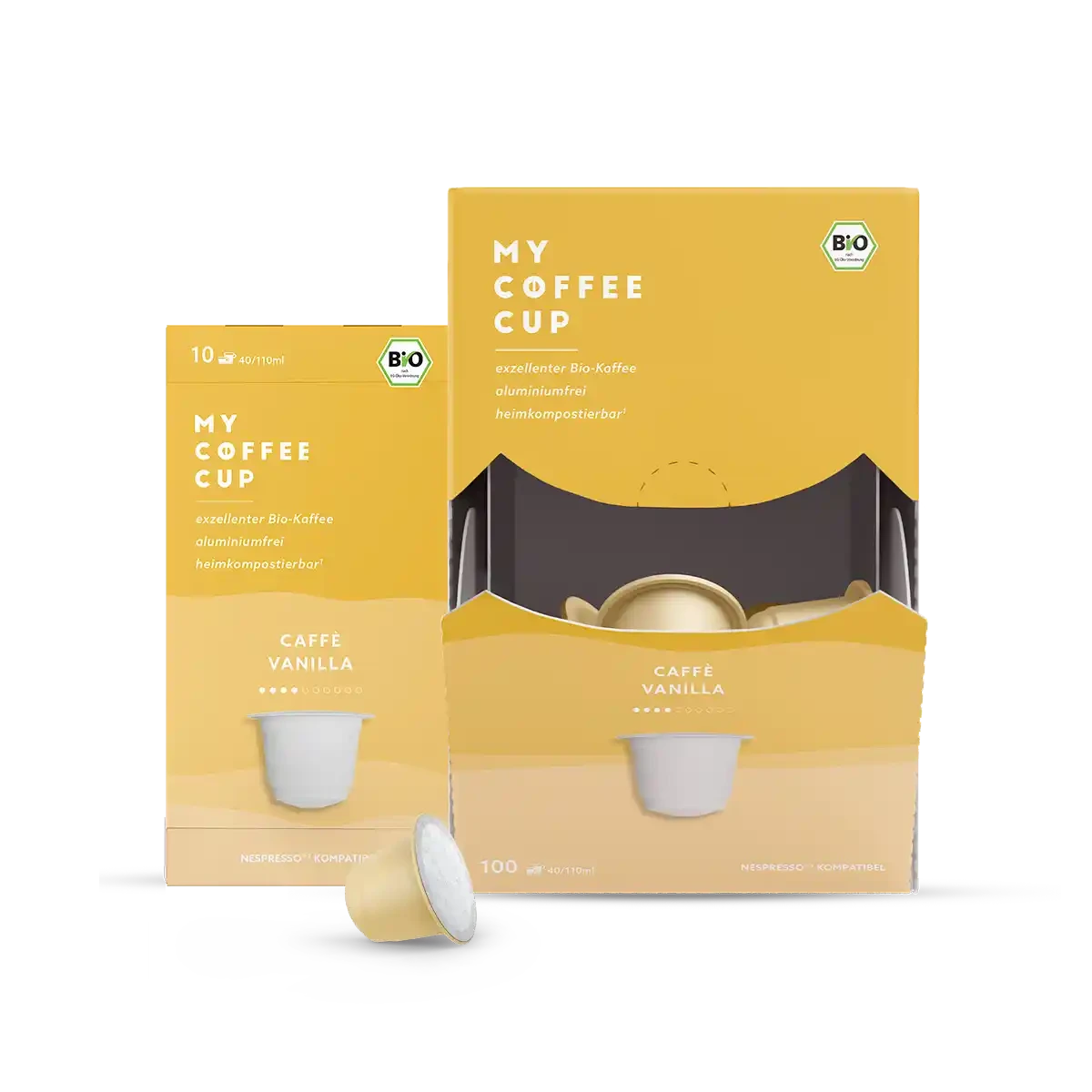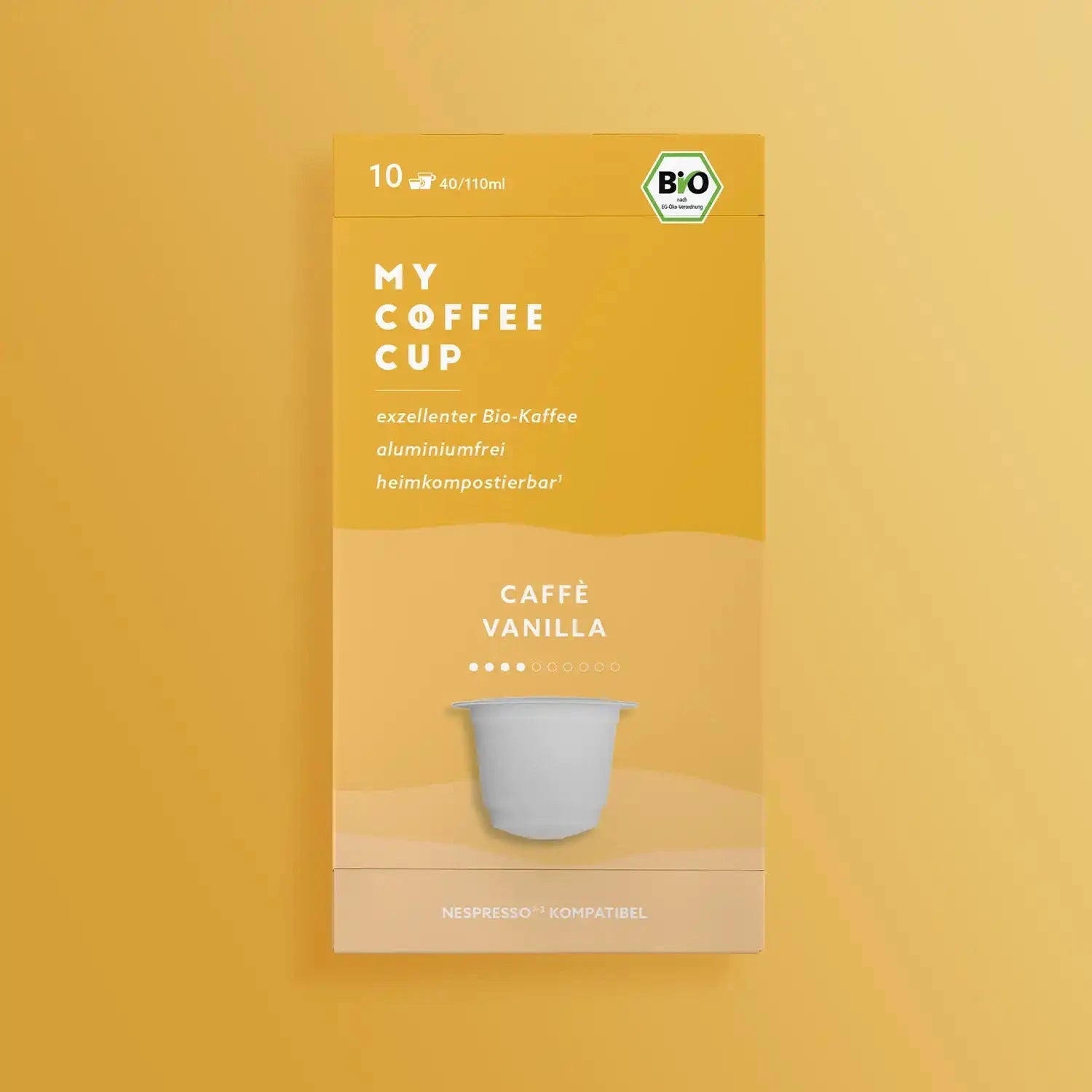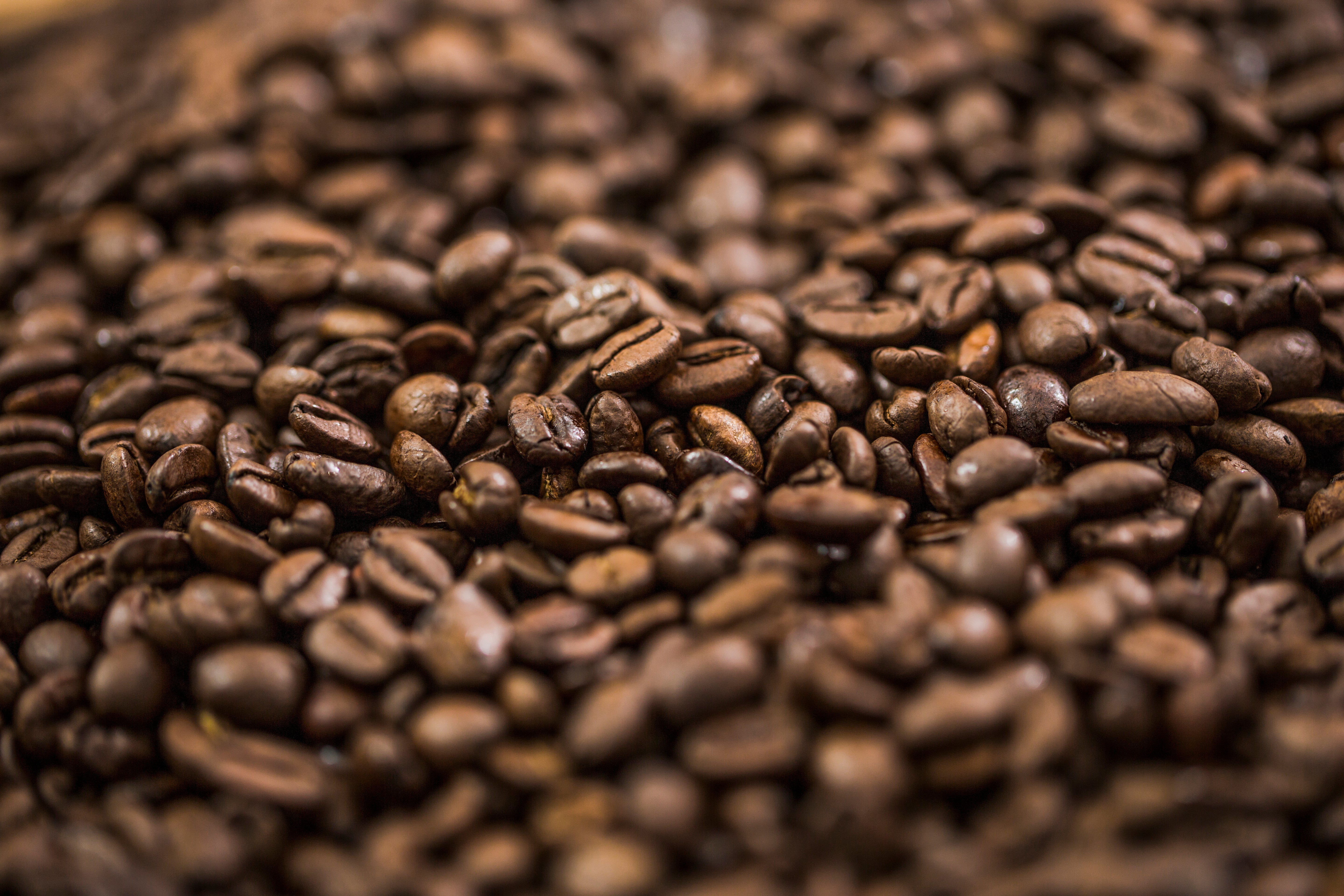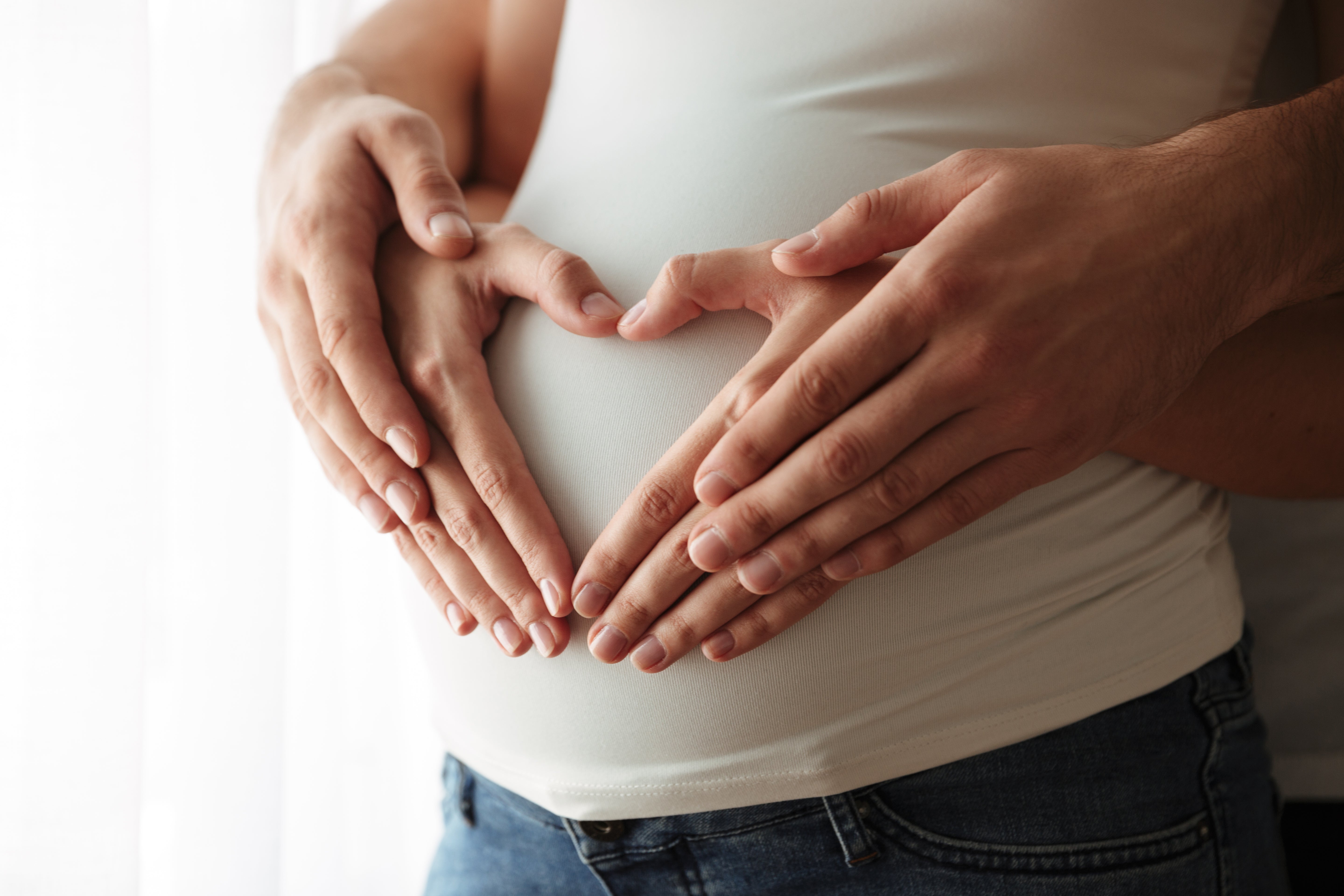We will travel with you into the past and trace the exciting history of coffee.
Who discovered it and where does the coffee bean actually come from?
What is the truth behind all the myths and legends surrounding the origin and history of coffee and what is really true?
How it all started ...
The history of coffee begins with its discovery. To be precise, the coffee bean was not discovered by humans.
At least if you believe the most common legend of Antonius Faustus Naironus. In his bookThe healing potion cahvefrom 1671 he writes about the discovery of the coffee bean.
According to this, it was actually goats that tasted the bean for the first time.
In the year 900, the shepherd Kaldi is said to have wandered with his sheep through the kingdom of Kaffa, present-day Ethiopia. Some of the sheep ate the red coffee cherries along the way. Later that evening, the shepherd noticed that the sheep were jumping around very cheerfully and could not find any rest. And only those that had eaten the coffee cherries did so.
The monks in the nearby monastery heard about it and tried the coffee cherries. Complaining about the bitter taste, they spat them into the fire.
So the beans were roasted and there was a delicious smell in the air, which the monks also noticed. So they brewed the roasted beans with water and drank their first coffee.
The enthusiasm was great because the monks could now easily perform their nightly prayers without getting tired.
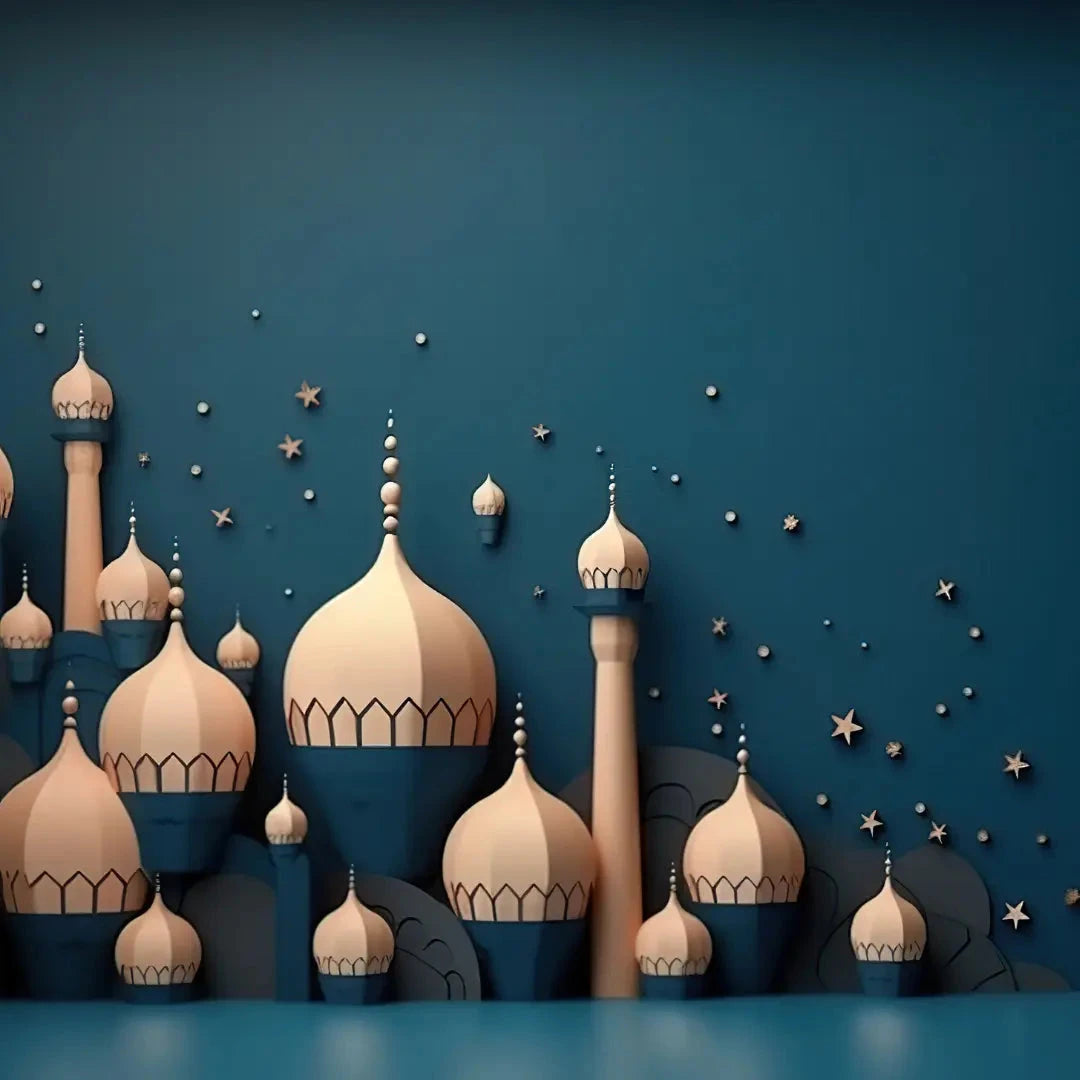
The wine of Islam
At the beginning of the 16th century, coffee conquered the Ottoman Empire, probably through slave traders. It quickly gained popularity among Muslims as the "wine of Islam". Since the consumption of wine was strictly forbidden, they had now found a means that gave them a similarly stimulating effect.
Around 1511, the first coffeehouse was built in Mecca, which spread rapidly and therefore had a great influence on the history of coffee. However, this was to the dismay of the then ruler Murad IV. The coffeehouses were burned again under his leadership and coffee drinkers were considered criminals. They were even persecuted and punished. The few coffeehouses that still exist were mostly disguised as barber shops.
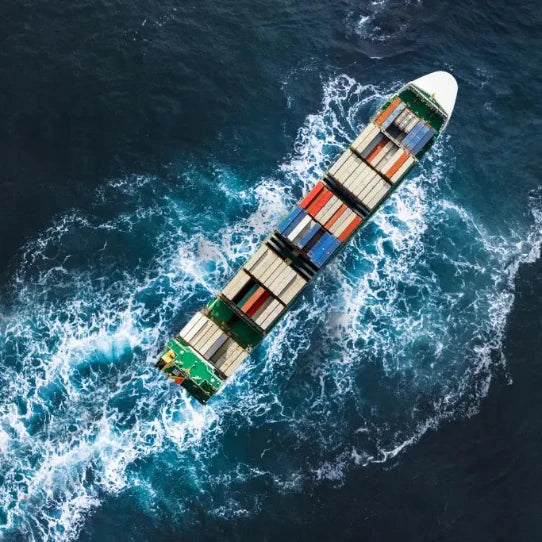
ONCE AROUND THE WORLD
With colonization, the coffee bean spread around the globe. In 1645, the first European coffee house opened in Venice. London, Vienna and Paris followed a few years later. The rest of the world had to wait a little longer, because sales were initially withheld from the Prussian state in order to make a profit. Even roasting coffee in private households was strictly prohibited. This made smuggling coffee very lucrative.
Ultimately, it was Dutch and English sailors who secretly introduced the coffee plant to their colonies around the world.
First cultivation
With the import of the coffee plant, its cultivation also began. At the end of the 17th century, the Netherlands succeeded in growing the first coffee plants in Java, Indonesia. Sri Lanka and India quickly followed.
A race began between the colonial powers for cultivation areas. Great Britain and France brought the plant to Central America, Africa and Australia.
In 1727, the Portuguese achieved a milestone: they were the ones who brought the coffee plant to Brazil, which remains the largest coffee-growing region in the world today.
This was followed by cultivation in greenhouses, but despite all efforts, it was not possible to grow the coffee bean in Europe.
Today we know that this is only possible in the so-called coffee belt, i.e. regions close to the equator. The coffee plant can only thrive in subtropical climates.
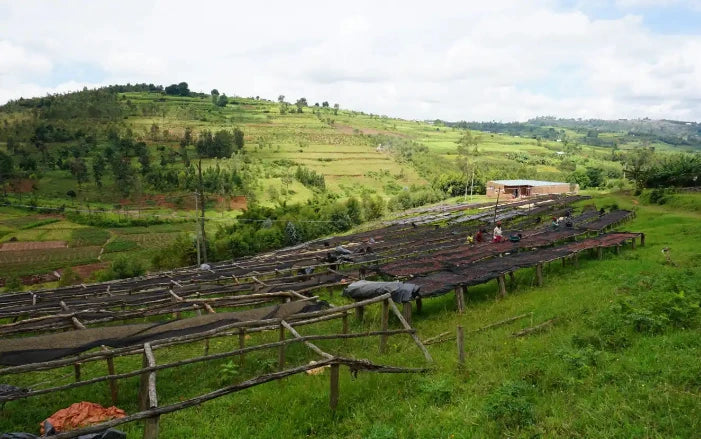
Today's coffee culture
Today, coffee is a cult drink and we can no longer imagine our everyday lives without it. Be it coffee in the morning, a coffee break with friends or a saviour in the afternoon slump.
Trade is also booming: coffee is now the second most important commodity.
In addition to the original variety Arabica In 1889 another type of coffee appeared: Robusta.
Today, coffee is available in every conceivable variety and flavor, and there is something for every taste.
If you also want to find your favorite coffee, take a look at our shop and treat yourself to quality organic coffee at fair prices.

